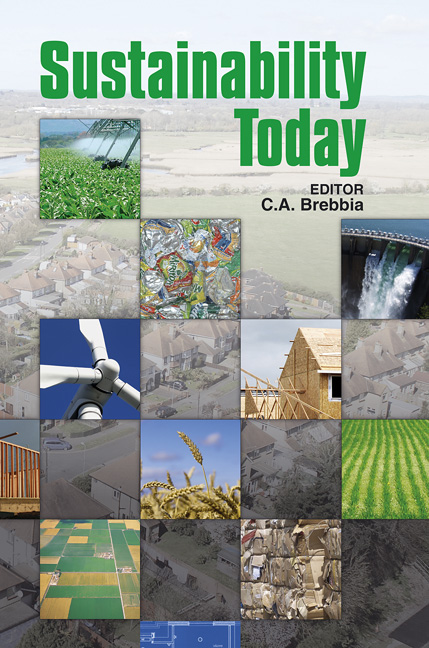Food Bowls And Dust Bowls: Irrigated Food Production In Arid Australia
Price
Free (open access)
Transaction
Volume
167
Pages
10
Page Range
271 - 280
Published
2011
Size
3,103 kb
Paper DOI
10.2495/ST110251
Copyright
WIT Press
Author(s)
F. Rochford
Abstract
Australia’s food security is partially attributable to extensive irrigation networks, drawing on major rivers and groundwater resources, particularly in the arid Murray-Darling Basin. However, a history of overallocation and protracted drought has forced caps on extractions, reallocation of water to alternative uses, and contraction of irrigation networks. Agreements between the federal and state governments paved the way for an attempt to centralise water allocation frameworks, and an attempt to integrate water management through an overarching Murray-Darling Basin Plan. This paper considers the contentious development of the Murray-Darling Basin Plan, which proposes deep cuts to irrigation extraction in some irrigation regions. Outrage at the perceived failure of the Plan to balance environmental, social and economic priorities has forced its deferral, and the management of the Murray-Darling Basin and the development and implementation of the Basin Plan has been referred to a Senate Standing Committee on Rural Affairs and Transport. The Committee’s terms of reference illustrate the tension between the environmental and food production demands on water in the Basin – the Committee is tasked in particular with the assessment of the implications of the proposed plan for agriculture and food production, sustainable productivity and viability, and the social and economic impacts of the proposed changes. In particular, this paper draws upon the experience of the development of the Plan to assess the Australia’s capacity to develop a useful conception of balance between environmental and food production uses of water. Keywords: irrigation, environment, drought, food production.
Keywords
irrigation, environment, drought, food production





